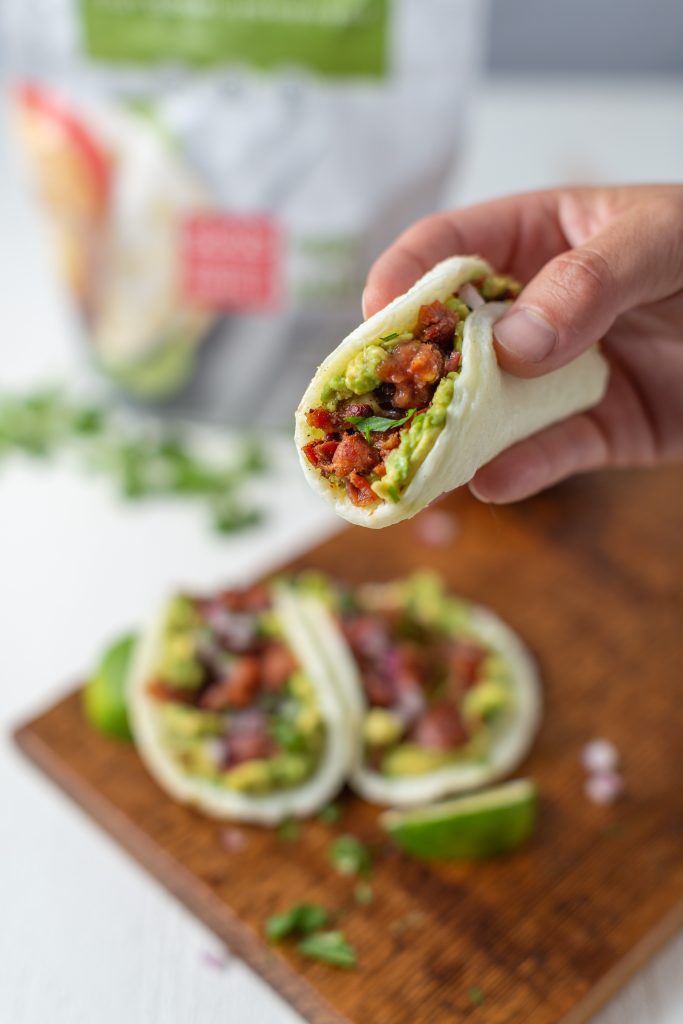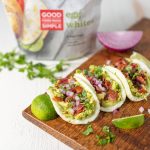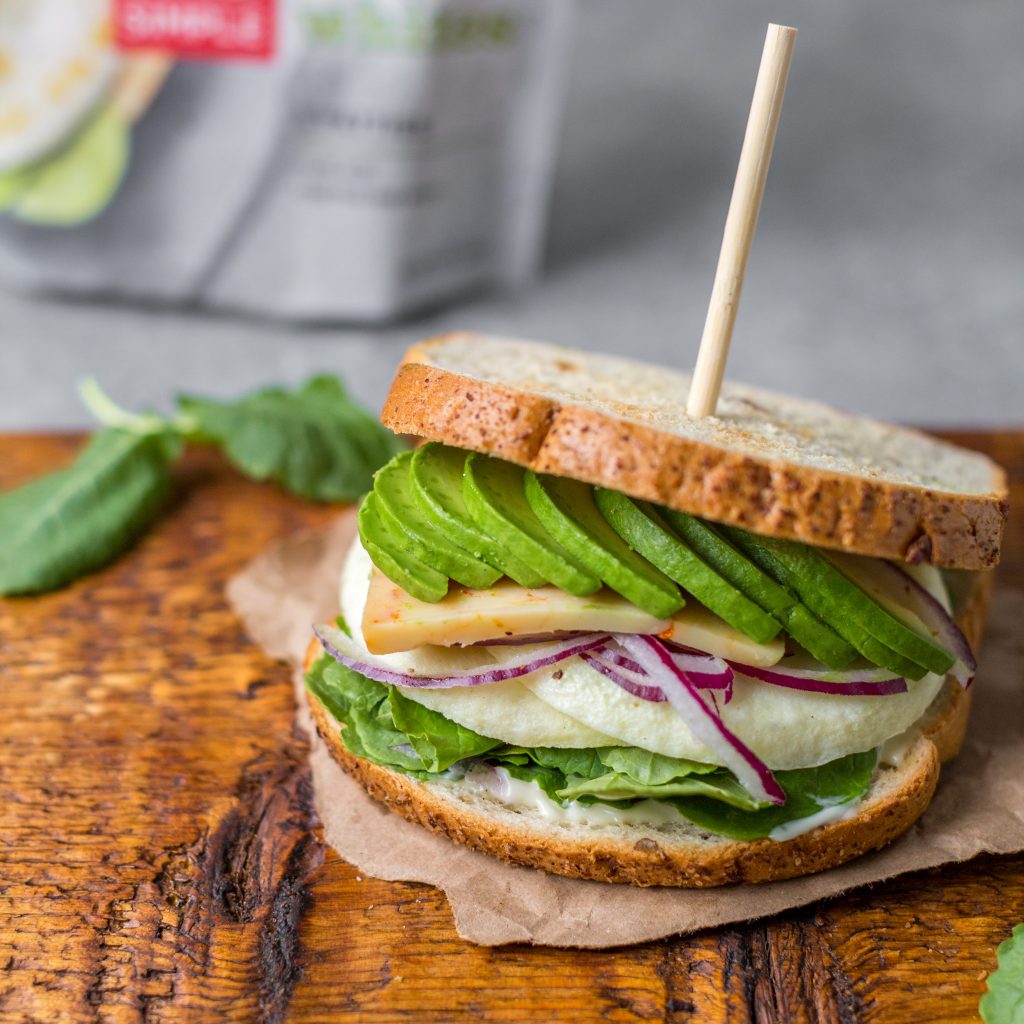Seven Summer Superfoods To Help You Beat The Heat
With summer in full swing, there is no shortage of fresh produce that is good for your body and also quite tasty. An extra benefit of certain superfoods is they can literally refresh you, which is much needed this time of year when the temps skyrocket and you’re craving flavorful foods that will make you feel hydrated, light, and satisfied.
We’ve rounded up our top seven summer superfoods that are perfect to eat this time of year. Continue reading to learn about all the nutritional benefits you’ll receive from them, along with creative ways you can fit them into every meal.
Cherries
Cherries are filled with antioxidants and anti-inflammatory compounds that can ward off chronic illnesses like heart disease, cancer, diabetes, and obesity. If you’re an athlete, tart cherries — and specifically tart cherry juice — use their anti-inflammatory properties to help reduce pain and recover faster after a hard workout. Another cool benefit is cherries have a lower glycemic index than other fruits, meaning they are less likely to trigger spikes and crashes in your blood sugar and insulin levels. Diabetics, rejoice!
Cherry pie, scones, or crumbles are a classic way to enjoy this summer superfruit. For something a bit healthier, add cherries to a stone-fruit salad, which would include peaches, nectarines, plums, and apricots. Top with sliced almonds for some added protein. For a yummy summer cocktail (or mocktail!) muddle four pitted cherries with fresh lemon and lime juice, a handful of mint leaves, and ½ ounce of simple syrup. For those who are 21 and older, enjoy with a shot of rum and a dash of bitters.
Blueberries
Fresh, frozen, raw, or cooked — blueberries are delicious in any form. They are also filled with fiber, potassium, folate, vitamin C, and vitamin B6. This is a lot to take in, but basically, all of these nutrients help with heart and skin health, bone strength, blood pressure, and cancer prevention. They are known to help with mental health, too.
Use blueberries for any of your baking needs — whether that’s muffins, scones, pies, biscuits, or waffles. For something that can serve as a side, add them to a salad with goat cheese, red onion, and fresh tomatoes over greens. And if you’re looking to get crazy-creative, consider adding them to pizza! Bake them with whipped ricotta and caramelized shallots, or cook up a dessert pizza with sweet cream-cheese sauce. Of course, you can never go wrong with eating them raw, one handful at a time.
Raspberries
Raspberries are a versatile and super flavorful berry that when in season, can easily become an addicting snack. These berries pack a punch when it comes to nutrients, too; they contain specific antioxidants which are known to fight cancer, heart and circulatory disease, and age-related decline. These antioxidants include Vitamin C, quercetin, and gallic acid. Raspberries are also high in something called ellagic acid, which is a chemo-preventative. If that’s not enough, they also contain anti-inflammatory properties. Not bad for something that tastes so good.
Enjoy raspberries on their own, in a fruit salad, or mixed in with your morning bowl of oatmeal (seriously, try it). You can cook raspberries, too! Unlike strawberries, raspberries don’t sag when you cook them, making them a great option for homemade jam or jelly. To do so, bake a pint of raspberries with sugar (use equal weight for both the berry and the sugar) at 325 degrees for approximately 20 minutes. This is a quick and easy way to make homemade jam! You can also bake a raspberry pie, or top them on a light and airy angel food cake.
Peaches
Peaches are filled with vitamins — 10 in fact! Eating just one peach will render 10 different vitamins: A, C, E, K, and six B complex vitamins. Vitamin A is great for eye health, Vitamin C and E are powerful antioxidants, and Vitamin K helps to prevent blood clots. Vitamin B complex punches various and specific health benefits, all of which help convert our food into fuel so we can stay energized throughout the day. Peaches also include a hefty load of fiber and potassium!
Just like raspberries, you can’t go wrong eating a peach straight out of your hand. They also work super well as a peach pie, crumble, or cobbler. However, if you’re craving something savory and out-of-the-box, one of our favorites is a grilled cheese and peach sandwich. You can either lightly cook the peach in a pan (grill for 2-3 minutes on each side) or you can add them raw to the cheesy, melty goodness. Lastly, for something that’s super simple yet still a party-impressor, you can grill an entire peach on the barbecue. Simply remove the pit and brush each side with olive oil. Grill cut-side down for 4-5 minutes over medium heat. Flip and cook the other side and until you see those desirable grill marks.
Watermelon
Here’s a cool fact about watermelons: They are 92% water. Still, this by no means makes this fruit taste boring. They have enough natural sugar to satisfy your taste buds and keep you feeling hydrated and refreshed. Another interesting benefit of watermelon is they are super low in calories. One cup renders 42 calories. In that same cup, you’ll also receive a handful of vitamins and minerals like Vitamin C, A, Potassium, Magnesium, and Vitamins B1, B5, and B6.
The easiest way to eat watermelon is by simply cutting it up and enjoying. You can also cut the watermelon up into cubes, and add red onion, feta, and mint for a classic watermelon salad. Shrimp salads with watermelon is a party favorite, as are big slices of watermelon with mint and lime sprinkled on top. If you want to get really hydrated, place chunks of watermelon into an ice cube tray, and play the tray in the freezer. Now you’ll have watermelon ice cubes, which will add a little pizazz to your plain glass of water.
Asparagus
While we’re mainly focusing on fruits, we can’t ignore some refreshingly-delicious veggies to add to this list. Asparagus is filled with a ton of nutrients and is especially fresh in the summertime. Their spears are a great source of Vitamin K, which is important for bone health and blood clotting. Asparagus also contains antioxidants which fight heart disease, diabetes, and cancer.
A favorite way to eat asparagus is to grill or roast them (cook at 425 for 12-15 minutes), followed by refrigerating them. The cold and cooked spears go great on their own as a side dish or are equally as yummy chopped up with fresh cherry tomatoes and a sweet balsamic vinegar. They also cook super well in frittatas or inside a breakfast burrito if you’re looking to change up your morning bowl of cereal.
Cucumber
Last but not least: cucumbers. If you’re looking for something refreshing and light to eat, look no further than this veggie, which, as you know, is where the “cool as a cucumber” phrase got its name. Similar to watermelon, cucumbers are filled with water — some say up to 95%. They are chock full of Vitamin K, B vitamins, copper, potassium, vitamin C, and manganese, have anti-inflammatory properties, contain antioxidant superpowers, and can even manage mental health.
For the ultimate rehydration, consider juicing a cucumber. Add an apple, lemon, and ginger, to give it some kick and a hint of sweetness. Slice them up raw in any type of salad, or put your chef’s hat on and get creative. Grill some hearty bread, and add burrata, sliced cucumbers, and mashed fava beans on top for the ultimate toast. Or, take another superfruit — peaches — and grill them alongside raw cucumbers, making a sweet and savory salad that will easily become a fan favorite.
When you head to the kitchen this summer, focus on fresh fruits and veggies that are locally sourced and chock full of vitamins, refreshing flavors, and great taste. You’ll soon realize there are infinite`ways to incorporate these superfruits and foods into every single meal.






